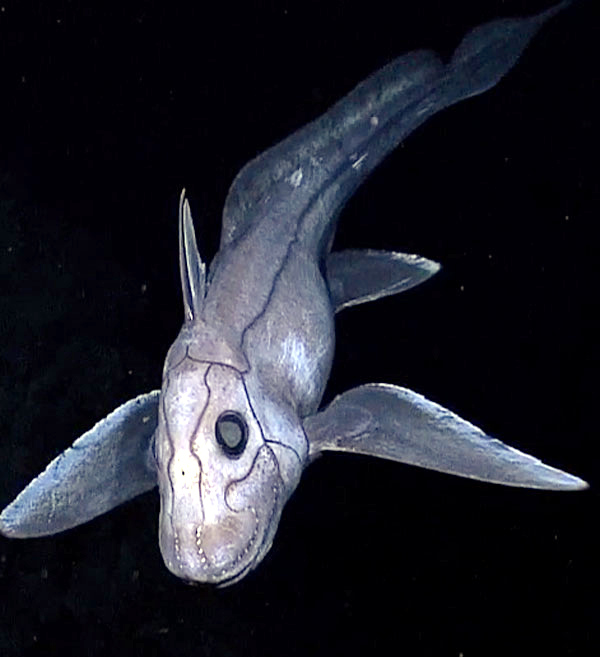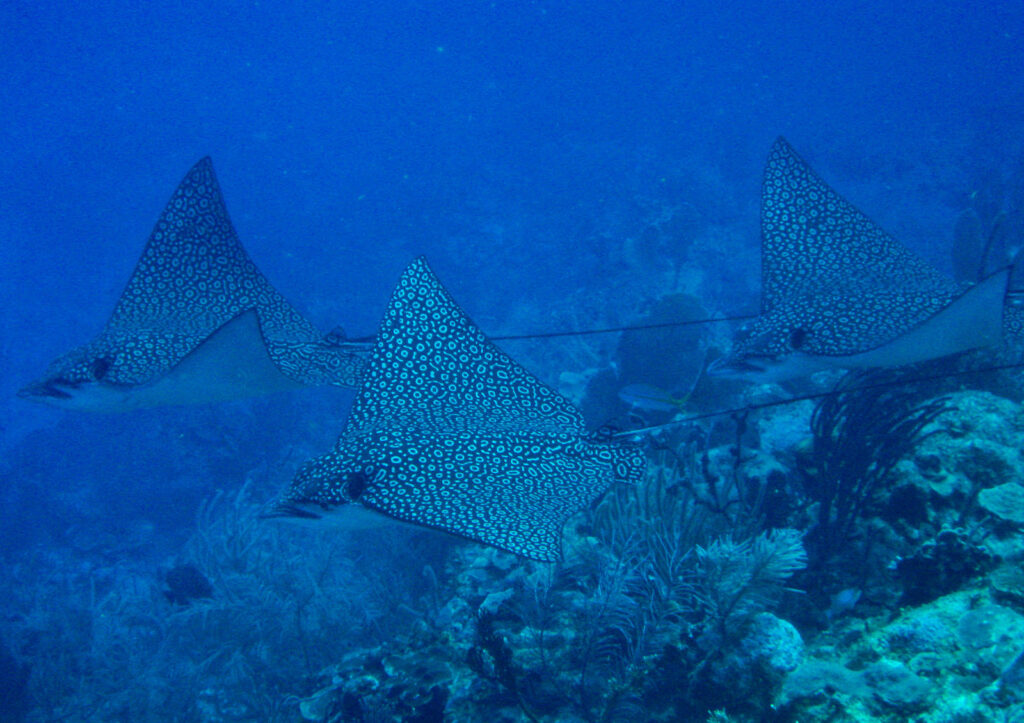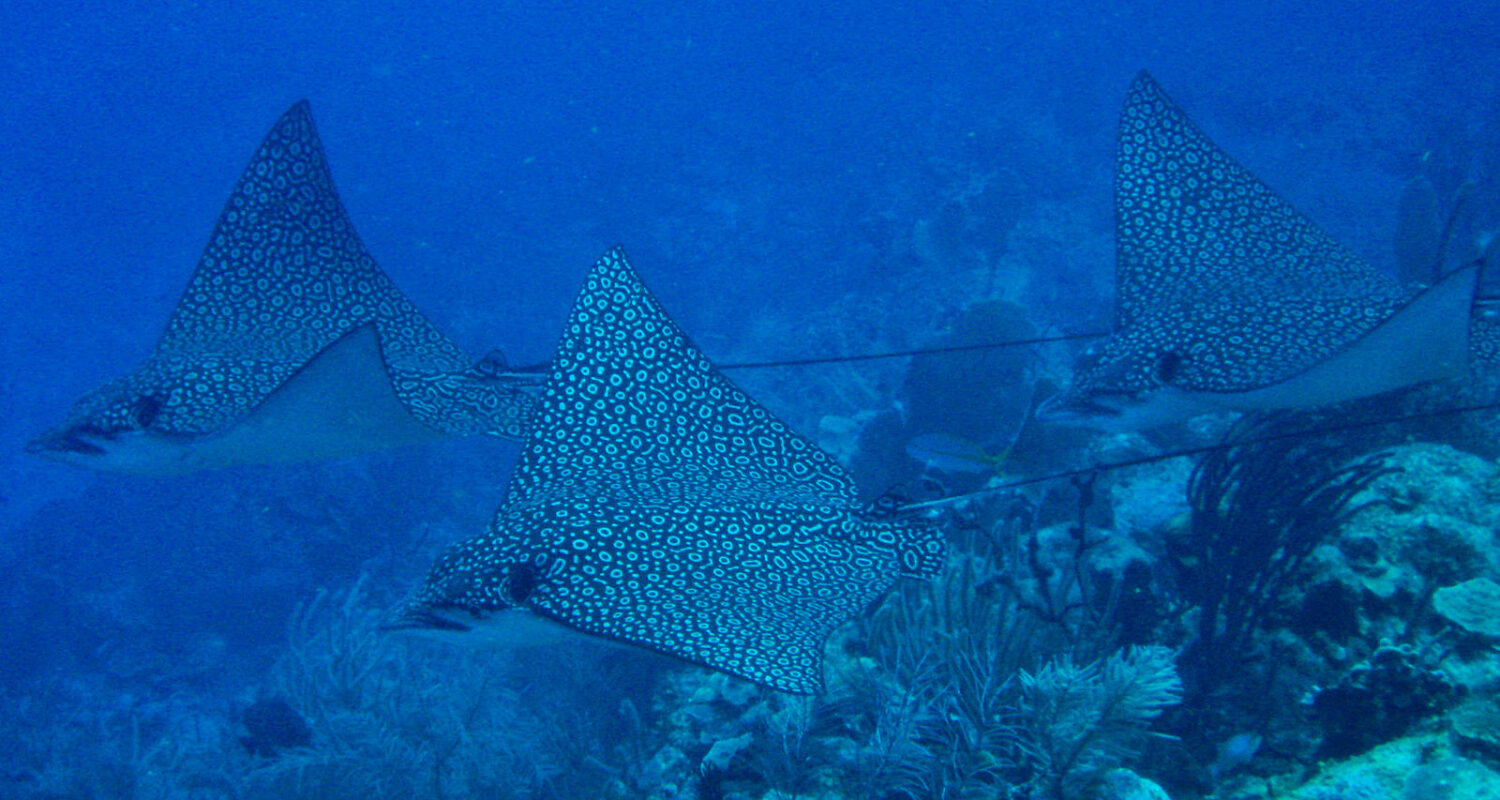Dulvy et al., Overfishing drives over one-third of all sharks and rays toward a global extinction crisis (2021). Current Biology. https://doi.org/10.1016/j.cub.2021.08.062
Sharks, rays, and chimaeras, oh my!

Chondrichthyes (sharks, rays, and chimaeras) are cartilaginous fish, meaning they have skeletons made of cartilage. Sharks have been alive for more than 420 million years, surviving 5 mass extinctions. There are over 500 species of sharks including tiger sharks, great white sharks, hammerhead sharks, and everyone’s favourite, the whale shark. Rays have the distinct flattened bodies and enlarged pectoral fins and include species like spotted eagle rays and manta rays. The lesser known chimaeras, or ghost sharks, mainly exist in deep water on the ocean floor and tend to be a bit spookier looking.
A new study has examined the global status of sharks, rays, and chimaeras, on The International Union for Conservation of Nature’s (IUCN) Red List of Threatened Species. It has found that roughly 33% of species are now threatened with extinction! This means 391 species are now at risk, a number that has doubled since 2014.
Three of the Chondrichthyes species are critically endangered or possibly extinct, the Lost Shark, the Java Stingaree, and the Red Sea Torpedo, and haven’t been seen in over 80 years.

The Cause
The cause of this potential mass extinction of sharks, rays, and chimaeras, has been strongly linked to overfishing. The other factors at play include loss and degradation of habitat and pollution. Humans have been disrupting the natural functions of the ocean for centuries with fishing and hunting, while increasingly developing more destructive methods.
Old habits will need to be adjusted in order to prevent a sixth mass extinction. If government regulations begin considering science-based limits on fishing and create marine protected areas, these threats could be lessened. Strategies should be developed for sustainable shark and ray fishing practices that reduce the chance of entanglement with fishing gear and risk to be taken as bycatch. Seeing as many of the Class Chondrichthyes are ancient apex predators linked to other marine life and ecosystems, their protection is crucial to healthy oceans.

I have always been happiest in nature – exploring forests, traveling to the ocean, or working with wildlife. After obtaining my MSc in Marine Environmental Management at the University of York, I have worked in conservation and marine science around the world. I have a special affinity for corals, cuttlefish, and cetaceans.
The sea, once it casts its spell, holds one in its net of wonder forever. – Jacques Cousteau


Oh man, I love sharks. I remember there was a black-fin shark reef in front of a hotel in Thailand we went to a couple of years ago and I thought, sure, sharks, maybe once a year or so. When we got there, you could basically swim out from the beach in front of the hotel for 50m and, every time I went there, which was thrice a day, I saw lots of black-fin reef sharks. It was breathtaking.
Also, if sharks and rays numbers decline, this will be bad for the entire eco system, as the apex predator always is regulating the entire pyramid. So this is going to be really bad for the reefs and open sea where they are going extinct.
Sounds like an amazing experience! Yes, definitely sharks and ray extinction would be overall disastrous.